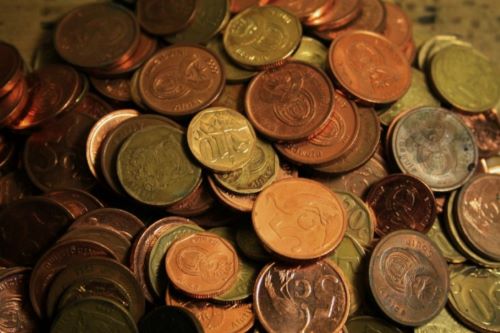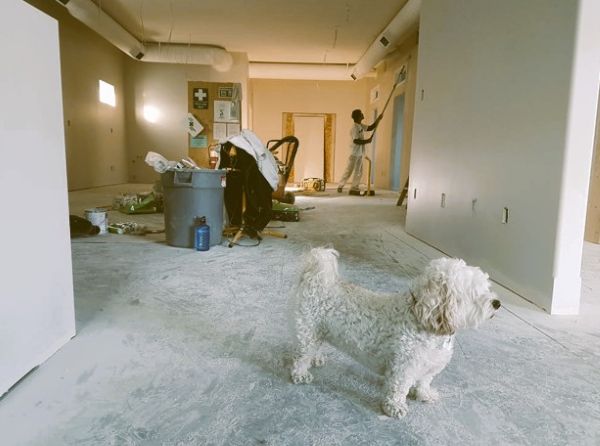

There’s something kind of wild about holding a coin that predates your entire family tree. You stare at the year, turn it over in your palm, and think about how it once meant something real to someone. Maybe it bought a glass of lemonade during the Dust Bowl. Maybe it dropped out of a soldier’s pocket in 1942. Or maybe it sat, unnoticed, in a coffee can at the back of someone’s shed for 70 years. Either way, it’s a little survivor. A quiet witness. And once you start noticing them, you can’t unsee them.
Collecting coins might sound like a grandpa thing. But dig just a little and it’s basically treasure hunting with fewer bugs and less sweating. And the best part? You don’t need to go anywhere. The past is already in your hands.
Not Every Coin Is What It Seems—And That’s Part Of The Fun
Some coins look legit. They’ve got the weight, the shine, the story. But every collector runs into fakes sooner or later. And honestly, the existence of counterfeit coins is part of what makes the whole thing so fascinating. It means old coins aren’t just historical—they’re desirable. People actually go through the effort of replicating them, which says something.
The forgeries can be sneaky. Maybe the color’s just a shade off. Maybe the edges are wrong. Maybe the wear pattern feels a little too perfect, like someone tried too hard to make it look naturally aged. Some people get burned. But a lot more end up becoming better collectors because of it. They start spotting the tiny tells: the mint marks, the die cracks, the subtle design changes only made in certain years. It turns into a game of details, a puzzle where knowledge is your best defense.
And that’s where the obsession creeps in. You don’t just want a coin—you want to know why it’s real. You want the receipt of time. And when you find it, it’s like catching a ghost that left behind its name and address.
The Coins You Walked Past As A Kid Might Now Be Worth More Than You Think
There’s something a little humbling about realizing you used to get handed historic currency at the ice cream truck. So many of us grew up with pocket change that’s now completely vanished from circulation. We saw wheat pennies. We maybe even saw silver nickels without knowing they were silver. They jingled in our pockets, bought bubble gum, got tossed into tip jars.
Then, one day, they were gone.
The deeper you get into collecting, the more you realize how much slipped through your fingers without ever registering. But that’s the beauty of hindsight. You can’t go back, but you can pay attention now. Those little details that didn’t matter before—the font style, the year, the condition, the mint origin—suddenly matter a lot. They turn an everyday object into a time capsule with its own personality.
You might even find yourself tracing the history of a design. Learning that the guy on your half dollar actually invented something. Realizing the eagle on the back of that nickel changed post-war because the country was shifting moods. It’s like coins were quietly narrating the country’s evolution while we were too distracted to notice.
The Ones Worth Holding Onto—And Why Some Shine More Than Others
There are a lot of historical coins worth caring about. But if we’re being honest, there’s one group that stands out like a showstopper in a silent crowd: rare peace dollars. These aren’t just pretty. They’re electric. They look like art and feel like a weighty piece of national memory. Designed to symbolize peace after World War I, they carry this quiet strength that turns heads even among non-collectors.
But it’s not just the beauty that does it. It’s the weird, winding backstory. The Peace Dollar had a short original run. Then the mints stopped making them, only to bring them back decades later. Some years had incredibly low mintage numbers. Others were melted down by the bagful before they ever got to shine. So when you find one—especially a well-kept or uniquely flawed one—it feels like discovering something that wasn’t supposed to survive.
Collectors don’t just admire rare peace dollars. They chase them. They build entire collections around them. And the best part? These coins still fly under the radar for a lot of people, which means you can stumble into something valuable in a place as simple as a coin show or estate sale. It’s not about hype—it’s about substance. These things hold weight, in every way.
Why Coin Collecting Doesn’t Feel Like Other Hobbies
Most hobbies are passive. You consume. You scroll. You binge. Coin collecting makes you move differently. You slow down. You research. You start thinking like a historian without even realizing it. You see a date on a coin and immediately your brain fires off questions. What was happening that year? Who was president? Were people riding trains or flying yet?
And then there’s the community. Everyone starts somewhere, usually with a random coin that caught their eye. But then they trade stories. They swap finds. They tell you how they landed a mint condition Roosevelt dime at a garage sale or how their grandma used to carry around a 1921 silver dollar for luck. It’s a shared language between people who otherwise wouldn’t talk.
And it’s strangely grounding. When life moves fast and tech feels like it’s eating everything, coins offer a pause. They’re from a slower world. A world where money changed hands face-to-face. Where a dime meant something more than just a click or a swipe.
You’re Not Just Collecting Coins—You’re Saving Stories
Maybe the coolest part of all this is how it sneaks up on you. One day you’re just holding a coin with a cool design. A week later, you’ve got a little binder, a magnifying glass, and a list of dates you’re hunting like clues in a mystery novel.
But it’s not hoarding. It’s not nostalgia for the sake of it. It’s deeper. Every coin has a story, and by collecting them, you’re not just stacking metal—you’re rescuing tiny fragments of forgotten history. You’re giving them a place, a reason to matter again. And that’s the thing. Old coins don’t shout. They sit quietly in boxes, in drawers, in pockets of old coats. Waiting. You just have to notice them. Because when you do, they’ve got plenty to say.


